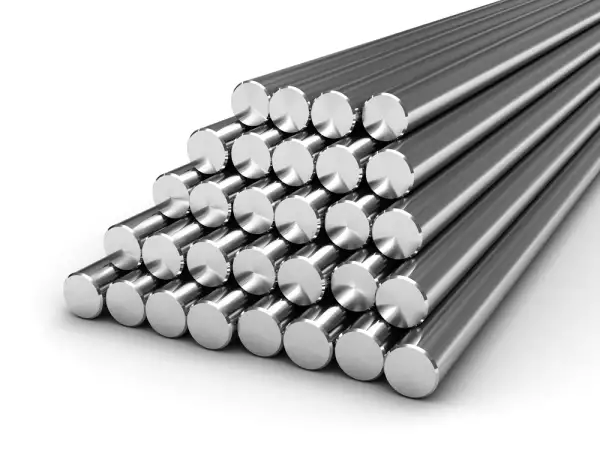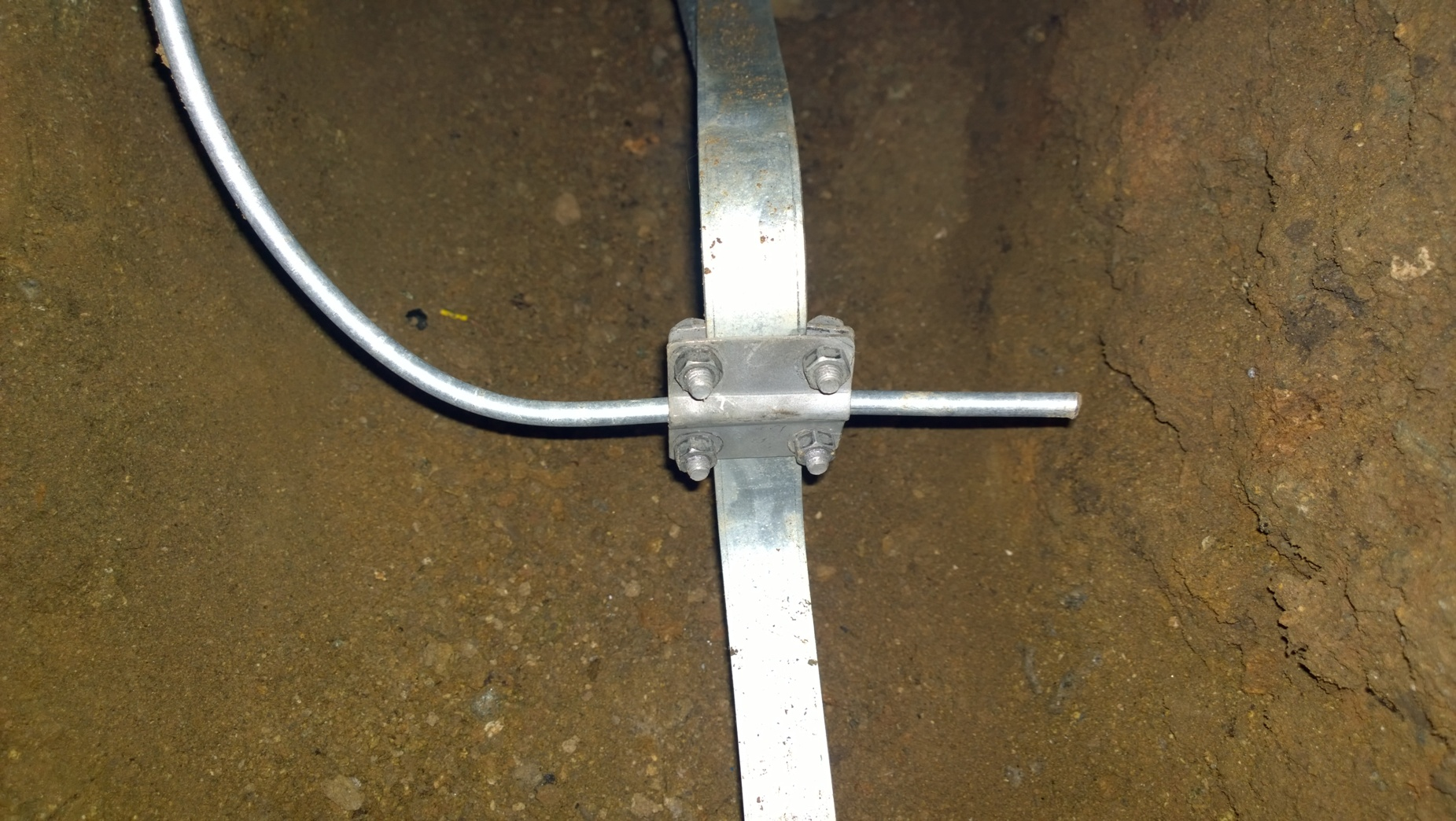
When installing an earthing system, we have to interconnect wires as well as conductors and rods installed under the ground. Such connections should be resistance to corrosion and do not require servicing for long period of time. Currently, three major connection methods for earthing wires are used, i.e. crimping, welding and using a clamp screw. This article will provide a brief description of each method and a comparison of their benefits and drawbacks.
Regulatory Base
The connection of earthing wires is governed by GOST R 50571.5.54-2013 (IEC 60364-5-54:2011) Low-Voltage Electrical Installations. Part 5-54, Clause 542.2.8: "If an earthing device consists of the parts to be interconnected, the connection should be made using the exothermic welding, crimping, clamps or another approved mechanical connector".
The EIC is another document governing the earthing wire connection. In particular, Clause 1.7.139 of the 7th revision of the EIC states: "Connection and attachment of earthing, protective conductors and conductors of the potential equalization and bonding system should be reliable and provide the continuance of the electrical circuit... Connections should be protected from corrosion and mechanical damages. Measures against the contact weakening should be provided for bolt connections".
Moreover, the earthing wire connection parameters with the clamp screws are regulated by GOST 10434 Еlectrical Contact Connections. Specifications. If there is no aggressive environment (the earth is not usually considered as such), the connections should be Class 2. It includes the contact connections of circuits with the cross-sections chosen for their resistance to through currents, voltage loss and variations, mechanical strength and overload protection. Moreover, Technical Bulletin 11/2006 of the "Electromontazh" Association also allows for the clamp connection, if the interconnected elements are not made of ferrous metals.
Crimping
Wire connections using crimping is the simplest and most technology-savvy method. The wires are inserted into the case from both sides and crimped using a special device called a crimper. However, this method is unsuitable for connecting wires with the earthing rod. Also, if a crimping connection is located under the ground, the case and the wires are covered with an oxide layer, which improves the contact resistance. Sealing of such connection is used, but as a result, such sealing is a complex and unreliable solution. In fact, the EIC standards cannot be fully met. Therefore, crimping cannot be used for the connection under the ground.
Welding
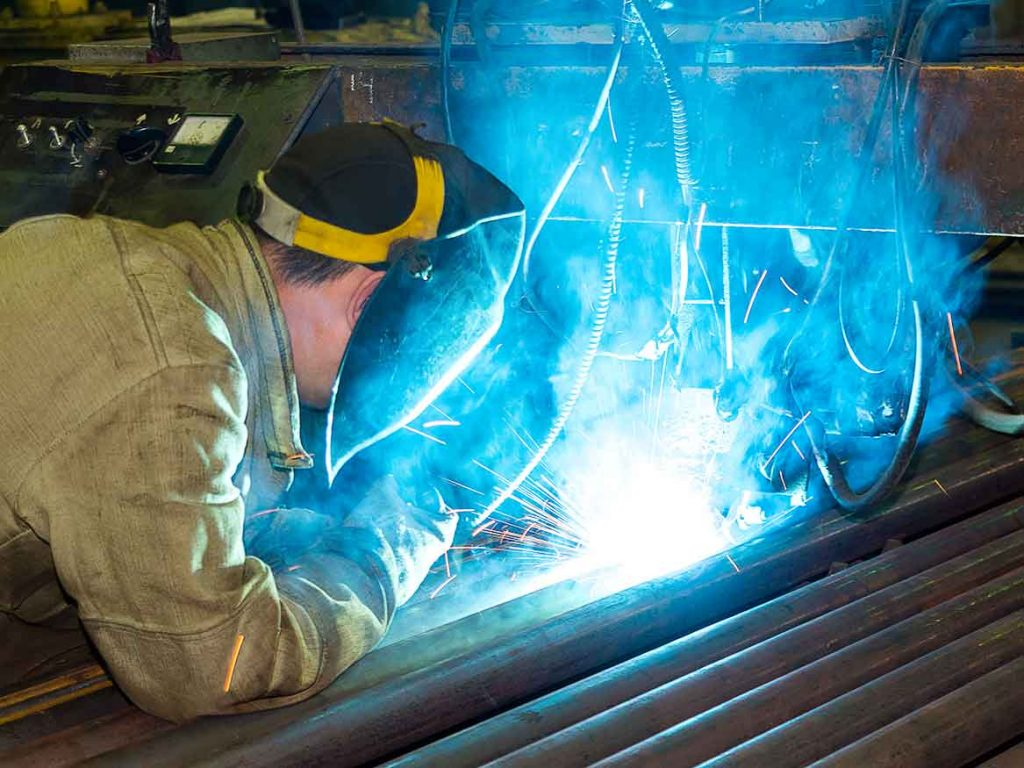
Currently, GOST does not contain the arc welding among the methods allowable for the earthing wire connections
Two major welding types are known: electric arc and exothermic welding. In the electric arc welding, the temperature reaches up to +7,000°C, due to which, the destruction of the protective and anti-corrosive layer occurs. Moreover, strong heating weakens both coatings and metals, of which the conductor cores are made. The so-called inter-crystalline corrosion appears that may potentially lead to the connection destruction. For this reason, GOST R 50571.5.54-2013 does not state an arc method among the methods allowable for the earthing conductor connections.
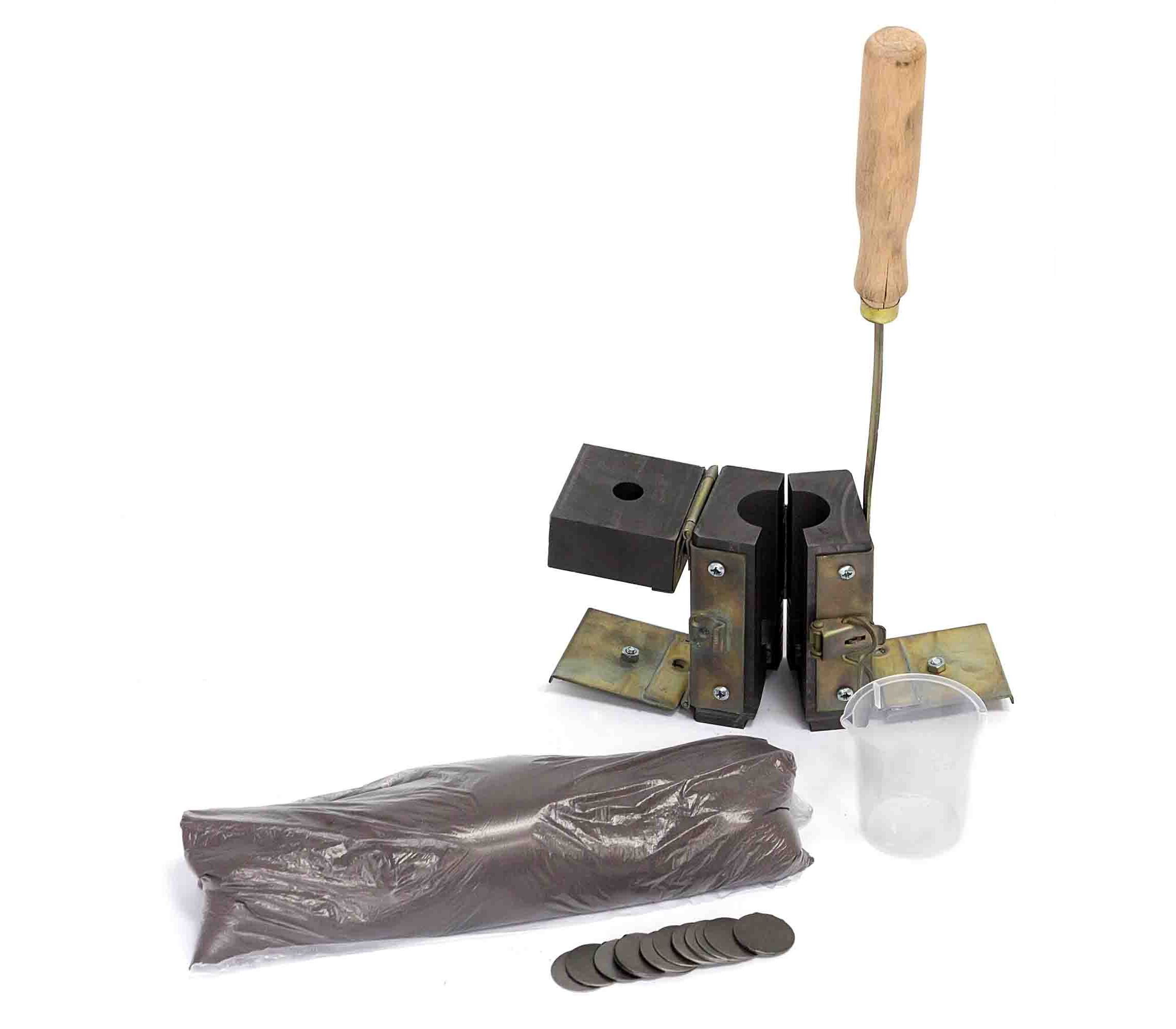
A set for exothermic conductor welding
The so-called exothermic (it is also sometimes called a thermite) welding is currently used for the earthing wire connection instead of arc welding. During the exothermic welding, the so-called thermite is used for the metal heating, i.e. it is a powdered blend of aluminum or magnesium with iron scale (or a copper oxide). For the earthing circuit, a thermite based on aluminum and copper oxide is typically used. The connection point is formed with a fire-resistant material. The powdered thermite composition is poured there and then ignited. As a result of thermite burning, a liquid copper is formed that is characterized by a high adhesion with the welded materials. The melt temperature exceeds 3,000°C. The exothermic welding conforms to standards both in GOST R 50571.5.54-2013 and the EIC.
You can see in the video how the exothermic welding is performed:
ready-made sets for exothermic welding are produced. You do not need a special education to use them. However, other things being equal, the use of the exothermic welding is more complicated than the connection of wires with the clamp screws. Certainly, special requirements are provided for the clamp screws suitable for connecting the earthing wires.
Clamp Screws
To implement advantages of ready-made ZANDZ earthing sets, namely its simple assembly and installation, you can use the clamp screws. If an error was made during the assembly, you can disassemble and then correctly re-assemble it. But if your qualifications and experience allow to make everything properly right away, anyway, it is easier to work with the clamp screws than to use welding.
But the weld screws also have two drawbacks which still can be overcome. First, when connecting a copper-coated earthing rod and a wire made of a conventional steel or a zinc-coated steel, an electrochemical reaction occurs that leads to corrosion. Second, over time, clamp tightening may become loosen, which is particularly described in the EIC.
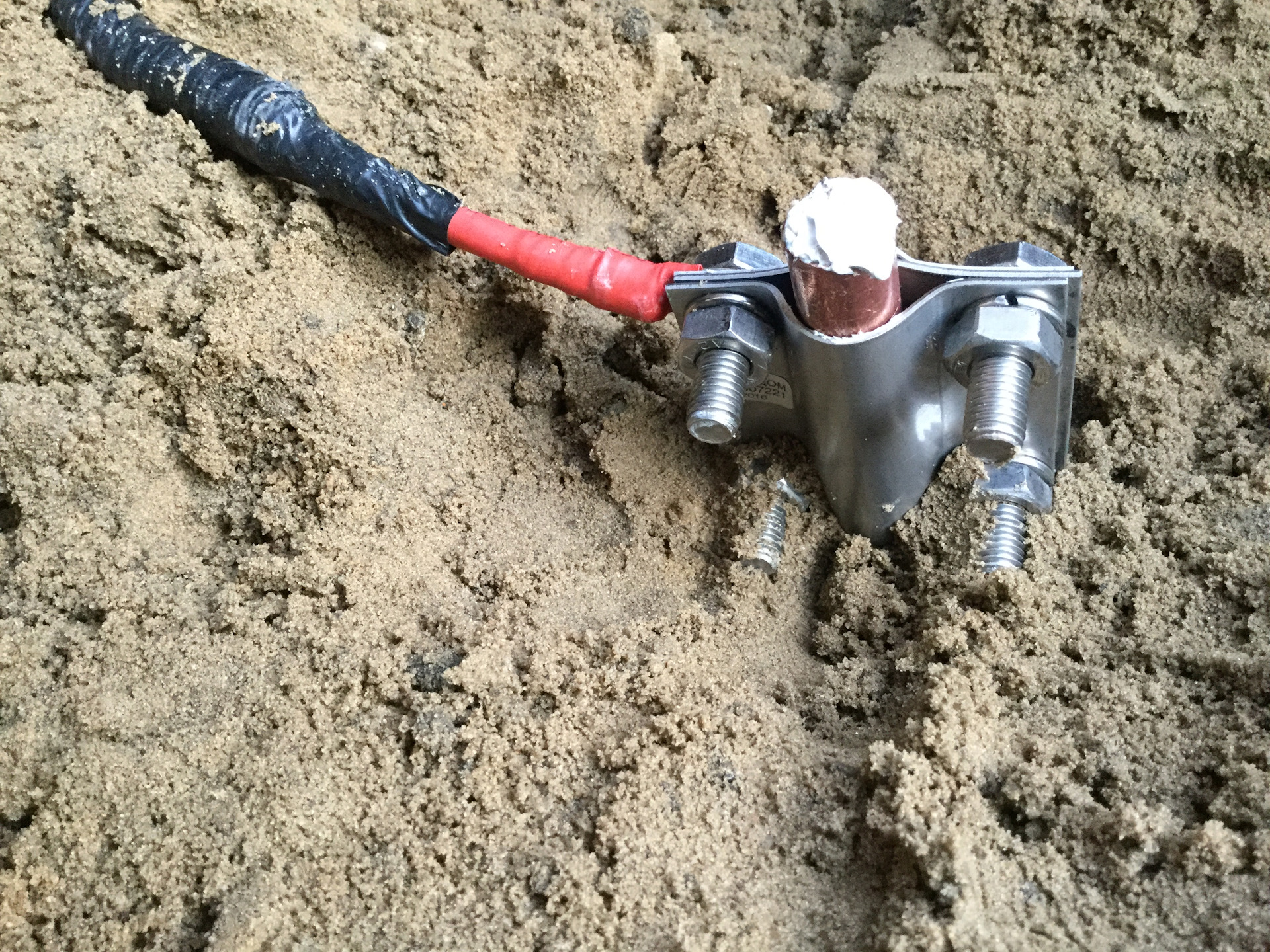
ZANDZ clamp screws with spring collars
The problem of electrochemical reaction in clamp screws is successfully solved using a special washer that mechanically divides conductors made of different materials but still retains the electrical contact therebetween. You can use a profiled clamp ZANDZ ZZ-005-064 https://skomplekt.com/tovar/6/27/6801720337/. as an example. To avoid the bolt connection loosening, helical lockwashers are installed therein, and profiled clamp Galmar GL-10332N can be an example of this.
Conclusions
The exothermical welding is the most reliable method among the considered methods of connection of conductors in the earthing system located in the soil. We can recommend clamp screws for massive use, which provide measures to prevent the electrochemical corrosion and connection loosening over time. Anyway, it is better to consult specialists on the proper choosing of the connection type. Do you need a consultation for design or installation of the earthing system and lightning protection? Contact ZANDZ Technical Center!
Related Articles:
 Grounding in the cellar of the single-family house - is it possible?
Grounding in the cellar of the single-family house - is it possible?
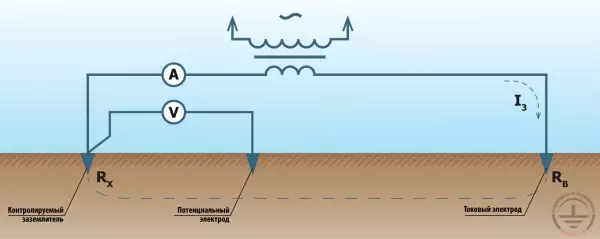 Measuring the Earthing Resistance Using Conventional Three- and Four-Wire Methods
Measuring the Earthing Resistance Using Conventional Three- and Four-Wire Methods
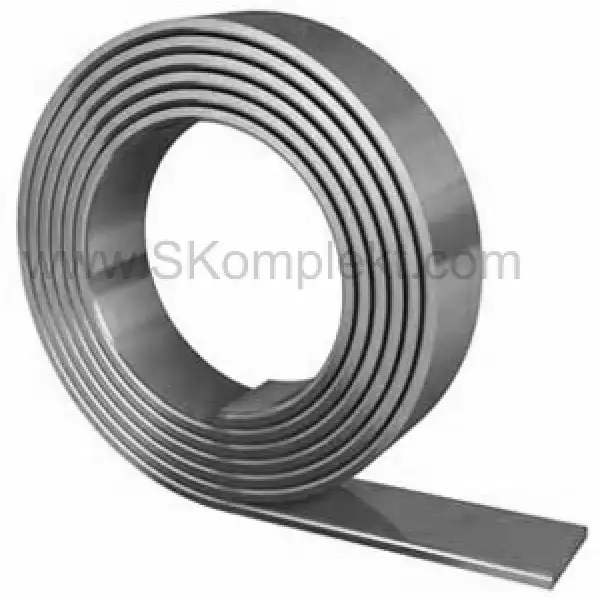 Radial Earthing Devices: Reliability at Small Depth
Radial Earthing Devices: Reliability at Small Depth

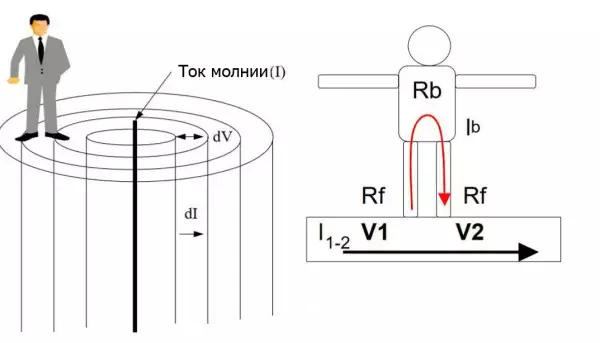 Step Voltage: Dangerous Obscurity and Reliable Protection
Step Voltage: Dangerous Obscurity and Reliable Protection
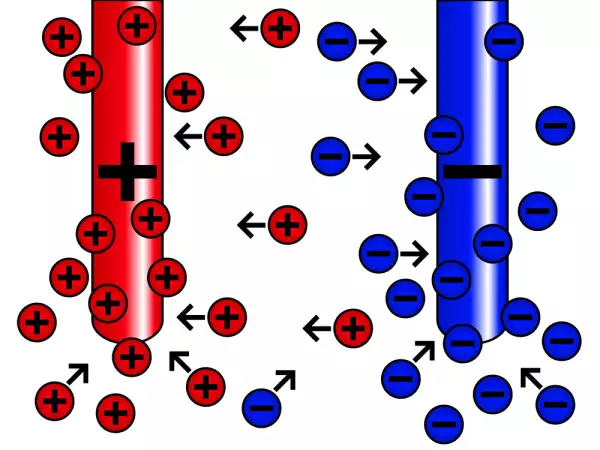 Nature of Electrochemical Corrosion
Nature of Electrochemical Corrosion
 Public Safety in Land Transport in case of Direct Lightning Strike
Public Safety in Land Transport in case of Direct Lightning Strike
